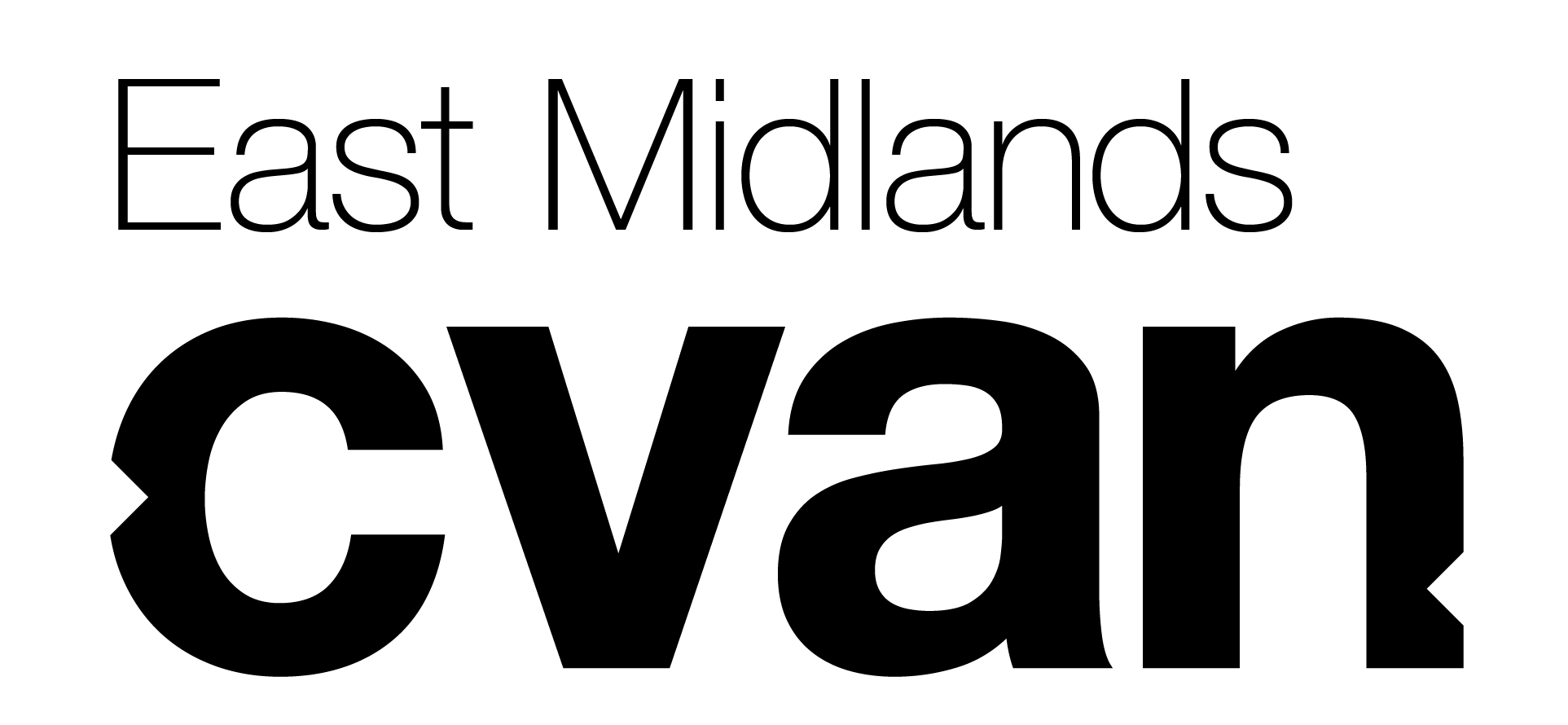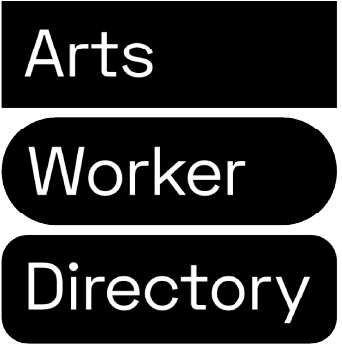Matt Taylor is a landscape photographer and artist, born and raised in the East Midland countryside and living and working in Northampton.
Find out more about Matt’s work on his website and follow him on Instagram
Describe your practice for us
My practice is predominantly concerned with assessing the impact of interventions on the British landscape. I am fascinated by the politicisation and control of space; how manmade objects and impacts portray a greater truth about their native environments. I mostly work with analogue photographic processes, but also employ sculpture as both display strategy and subject, as well as digital production techniques.
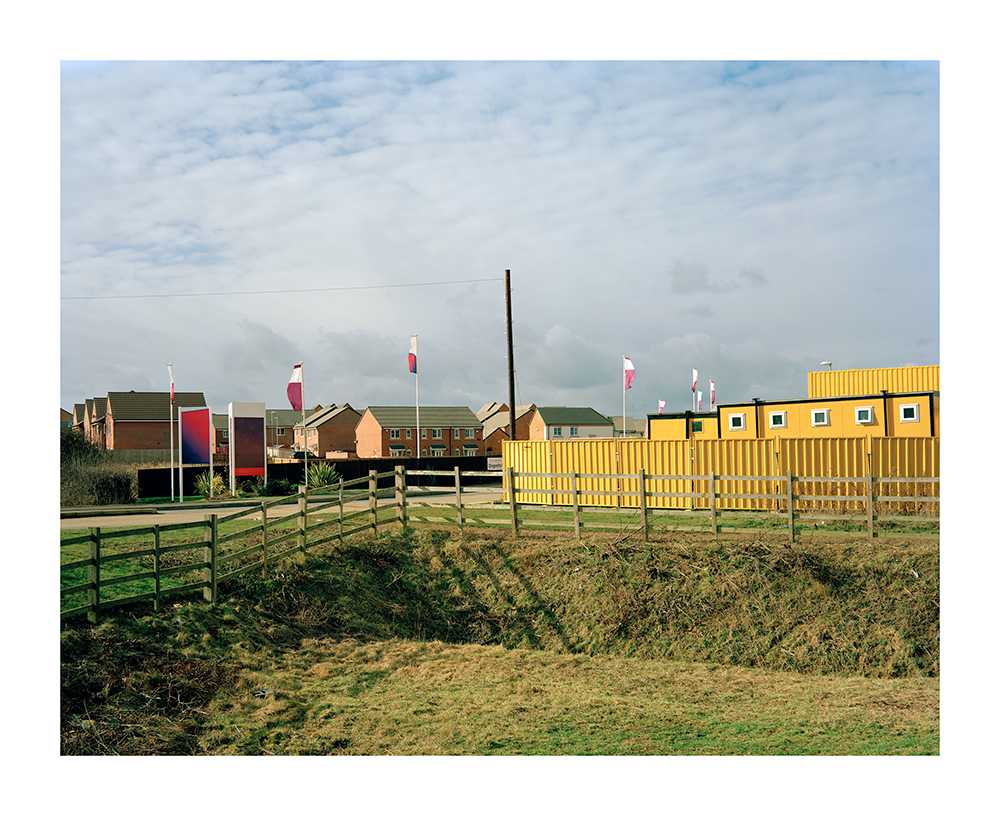
How long have you been practising and by what route did you come to your practice?
I guess I’ve been making work since I was 17/18. So just over a decade. Although I’ve made art as long as I can remember, spending most of my time growing up drawing, painting and making the odd animation.
It’s hard to pinpoint where a practice starts, especially now when digital portfolios and records can be so painstakingly trimmed of fat. However, I would say studying a foundation diploma in art and design at 18/19 was where I started exploring the style of work I produce now.
I joined the course as an ‘illustrator’, (years later after working with true, talented illustrators, I realise how far off I was!), and thanks to the incredibly open and multidisciplinary approaches encouraged by the tutors, I soon settled on photography as my preferred medium.
I can still remember a discussion with a tutor, agonising about shifting from drawing to image making. Their advice, which I’ll heavily paraphrase; ‘If photography enables you to make the images in your head, then go with that. The most important thing is getting the ideas out there’ – Shoutout to Russell, Tracey & Jane, if you read this!
Ever since, that’s been my approach really. Photography has enabled me to produce the quality and consistency of work my drawing/painting abilities and clumsy hands would not allow. What I like about photography most is its versatility as a medium, in both print and screen, and the endless possibilities there are when it comes to transforming or re-engineering the raw image.
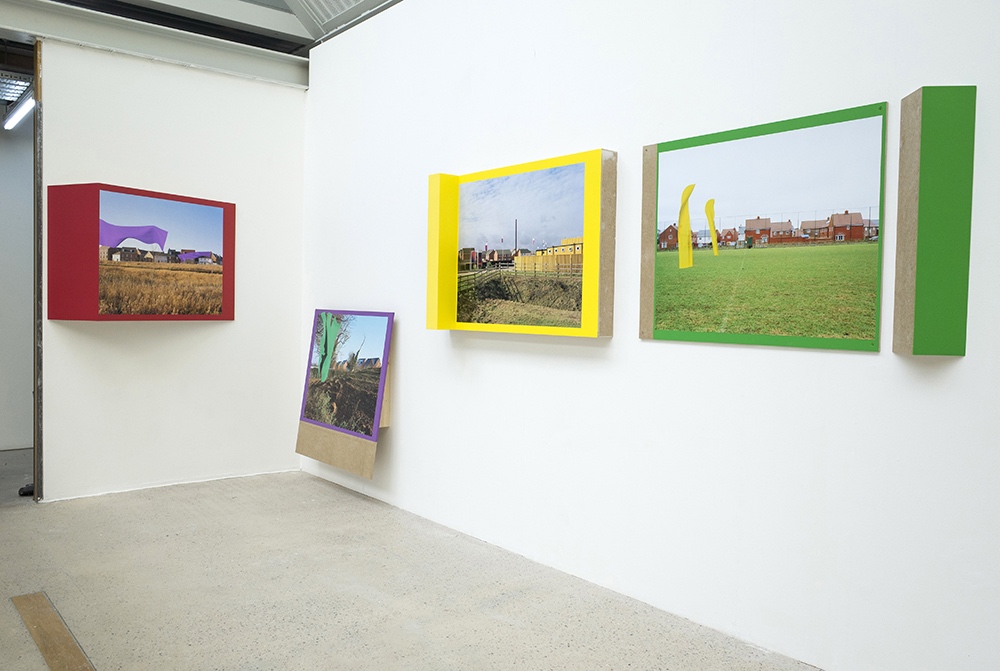
Tell us more about the idea of “control within the British landscape”.
Sure. Before I do, I hope it goes without saying that this isn’t something I’m trying to represent as a global truth, it’s just a way of thinking about landscape I find helps me when making.
I like to think of this idea of control as a sum of two parts:
Firstly, the overtly aesthetic. By which I mean, manmade objects asserting their presence within and control of landscape through striking combinations of colour, scale, material and structure.
For instance, the fibre broadband cabinets found in regular intervals. Domestic wardens painted in not-quite-natural green, discreetly branded, and sunk into their own private island of concrete.
Secondly, the implied, referring to the not immediately intrusive: the control you live with, that surrounds you.
I see these as subtler indicators, like a change in paving when stepping onto a new housing development. Private parks in plain sight, gated by ineffective yet visible low fences. Militantly sculpted topiary – for you to admire at a distance only.
In recent years, I find myself shying further away from the former, in favour of the latter. I suppose it’s a natural progression of research – learning more about your subjects and becoming more influenced by the power structures, hierarchy at play beyond what’s in front of the lens. Not to mention, the diminishing returns of constantly seeking out the next most interesting object.

What do you mean by “tribal application of colour”?
This body of work was created during a period spent studying new build housing developments in the latter half of my MA research. I had grown interested in these developments initially from repeated inadvertent visits when shooting other work. Time and time again I kept finding myself drifting into a new build estate – losing myself in the inner maze of seemingly identical streets, featureless front gardens, and boxy redbrick homes.
The term ‘tribal application of colour’ came after seeing a restored copy of Akira Kurosawa’s ‘Ran’. (Well worth a watch for those who haven’t – it’s phenomenal!) In this film, warring armies are clearly differentiated by primary colours. The scenes that really struck me were those involving fabric structures – also colour coded to match each tribe. These waves of colour provided a jarring contrast to the flowing green hills they occupied, and in seeing these I began to see the new builds in a different light.
Until this point, I had been photographing these housing estates for their almost homogenous nature. I only saw them as endlessly replicating buildings – door, windows, rectangular living quarters under a pointy roof. However, what I began to realise was that, uniform contents aside, each estate was painstakingly branded by the developer associated with them. During construction and sales, the circumferences would be plastered in each developer’s branding. Flags waved in the wind, signs littered the pavement, and fences hid the buildings in progress – all conforming to a strict code of colour, iconography, and language. From that point on I saw each estate as an individual; warring factions stamping their redbrick mark across the landscape, racing to occupy the most space for the highest reward.

Does your work offer a commentary on the adulteration of our natural spaces, or maybe our ability to normalise foreign objects in the landscape, or is your motivation purely an aesthetical one?
In terms of commentary, all of the above, to varying degrees. I like to think that, in spite of my landscape focus, I regularly reconsider the approach and techniques I use. Granted, I’ve never found it easy to make huge changes, but I am justifiably wary of remaining too comfortable. I find making small, regular changes helps avoid repetition for both me and the viewer. As for my motivation, I believe in using the medium of photography to highlight failings in our relationship with the landscape we occupy. Sure, these responses are often aesthetic; using the image to draw attention to the absurdity of some ridiculous thing I find. I consider anything I make a success if it triggers the viewer to reconsider an object, setting or environment they had previously paid no or little attention to.
What is important to you in maintaining and motivating your practice?
Autonomy, honesty and integrity are the traits I most value as a practitioner. I try to bring a strong sense of relatability and simplicity to the imagery that I produce, with the ultimate aim being to trigger recognition, reassessment, and conversation. It’s important me to keep my work grounded in the means I have available – materials, location and processes. I like working minimally, as I find it forces me to keep on my toes, and to adjust rather than bloat, compensate or replace.
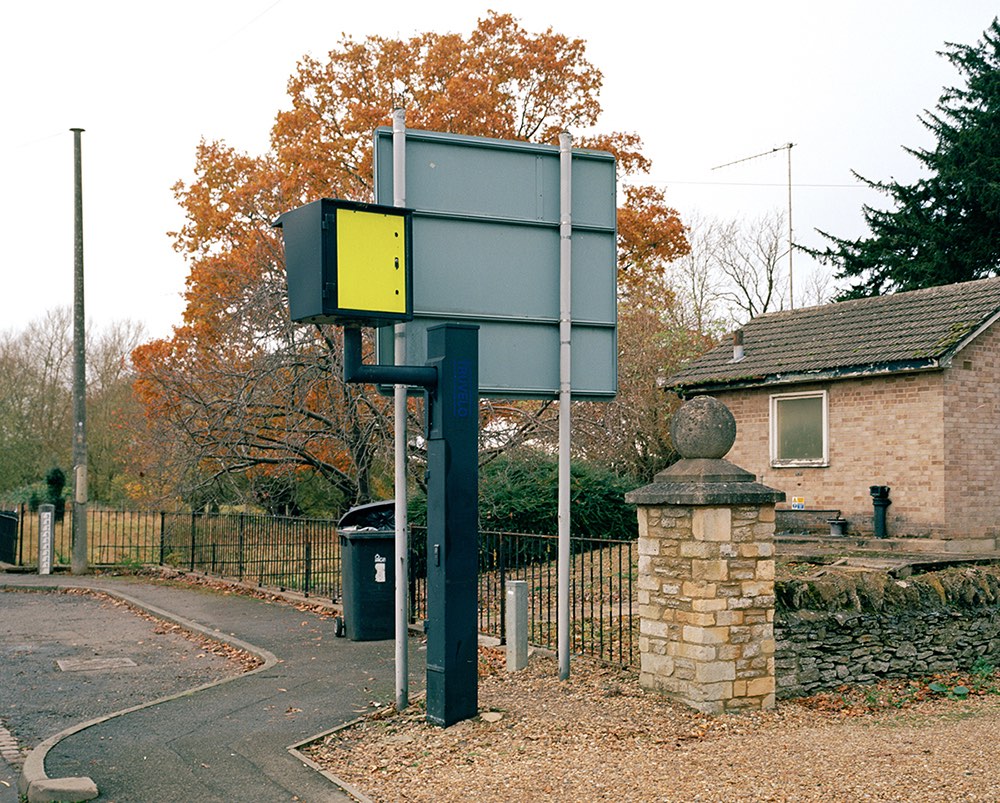
What have been your biggest achievements since establishing your practice?
Having the opportunity to study a postgraduate MA in photography at the Royal College of Art is something I still consider my biggest achievement. Getting accepted onto the course, alongside some of the world’s finest practitioners across every conceivable creative discipline, was truly humbling. Studying at the college helped redefine the way I think about my practice, and during my time there I forged some incredibly strong creative relationships which endure to this day.
What have been the biggest challenges to your practice?
If I’m being completely honest, I’ve never considered any aspect of the practice itself a challenge. Granted there are obstacles, creative blocks and failures to overcome, but every moment I get to work feels like a reward to me Maintaining a practice alongside everyday life; work, obligations, chores, keeping healthy, that’s the real challenge.

What is the most interesting or inspiring thing you’ve seen or attended recently, and why?
Obviously, since the start of lockdown, I haven’t had the chance to see much in person. But of what I have been able to see:
- The last show that really inspired me before lockdown – an incredible installation/exhibition by Fiona Banner aka The Vanity Press at Frith Street Gallery, London.
- An online showing of Arthur Jafa’s monumental video piece – ‘Love is the message, the message is Death’. More powerful, shocking and relevant than ever.
- A recording of Ragnar Kjartansson’s ‘The Visitors’ – Thrilled to stumble upon a copy of this, as I didn’t get the chance to see it in person. Nothing compared to the real experience I’m sure, but beautiful nonetheless.
During lockdown I’ve also discovered the films of Aki Kaurismaki – a true auteur with a unique visual approach to storytelling. It’s been a pleasure working my way through his back catalogue.
Which other artists’ work do you admire, and why?
I’ve recently discovered the work of Peter Fraser, after being gifted a book copy of ‘Lost For Words’, and have become somewhat obsessed. I am drawn to Peter’s meticulous eye and its ability to construct deceptively complex images that tease at a deeper history and cultural importance. I won’t bore you with particulars, but other favourites and influences include:
- Lee Friedlander
- Lewis Baltz
- Sarah Pickering
- John Nash
- Sophie Calle
- Patrick Keiller
- Bernd & Hilla Becher
- Rinko Kawauchi
I’d like to also mention James Smith, whose uncompromising aesthetic, knowledge of landscape and critical eye for detail has inspired me throughout my practice. James has been an invaluable sounding board, mentor and friend for years now, and I consider myself lucky to know him and his work.

Where do you see your work in the next 5 years?
It’s hard to think in terms of weeks right now, let alone years. I’m sure most reading this would agree – the clock feels like it’s gone out the window.
I think at this point, I’d be happy if I was still regularly practicing in 5 years time. Hopefully, with a bit more time to work, and maybe even a little studio space. With access to facilities and resources I could see my work becoming more multidisciplinary, as it has in the past.
That being said, I’m grateful for what I have. I think as long as my work doesn’t feel like it’s at a standstill, I’ll be content.
Who would you most like to have visit your studio?
I don’t necessarily have a fixed studio space right now, more a ramshackle assortment of things gathered in piles throughout my house.
However, if I could choose anyone from any time to have a discussion with – I would be thrilled at the chance to go for a walk with Agnes Varda. I also recently watched ‘The Seasons of Quincy: Four Portraits of John Berger’, and I think a cup of coffee with John would have been a close second.
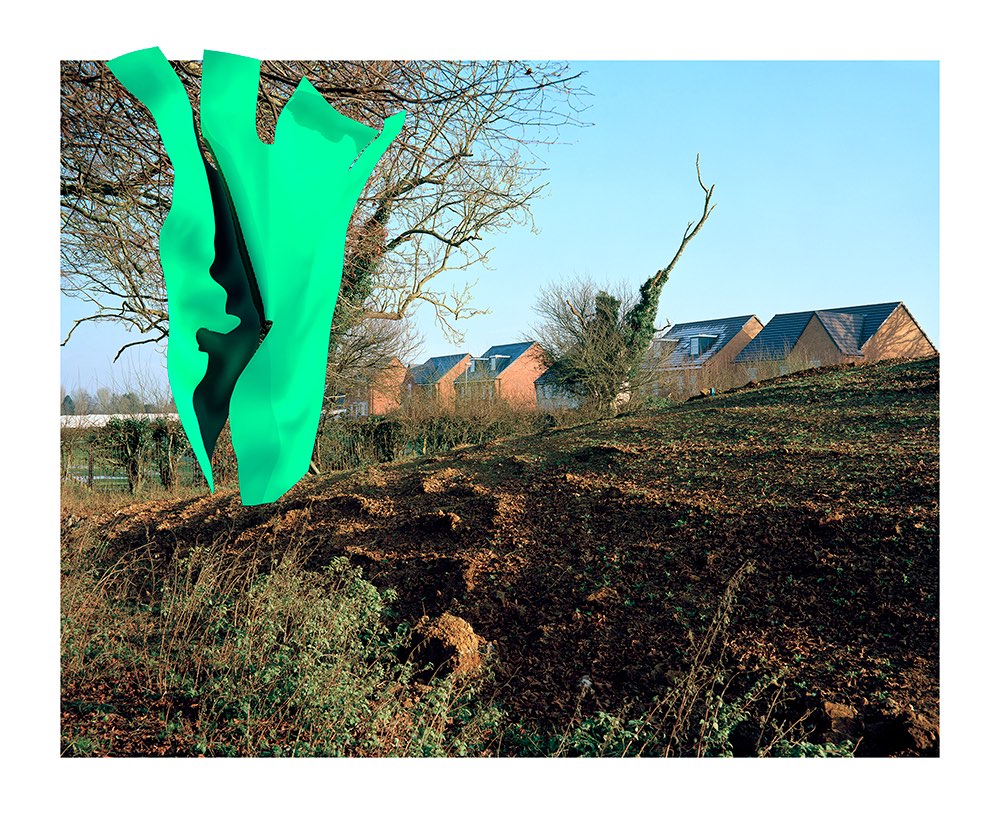
Where can we see your work? Do you have any upcoming exhibitions, events or projects?
Before lockdown I had started meeting with several other photographers and image makers also based in Northampton: Tyrone Williams, Rita Rodner & James Smith. (@tyswills, @ritarodner & @_j_a_m_e_s_s_m_i_t_h_ on Instagram respectively)
We were meeting to share recent work, with the hopes of putting something together as a group. Understandably, lockdown descended and priorities changed, but I hope we get the chance to see each other and share work again sometime soon.
As for myself – I can’t say I’m working with much intent right now. I shoot when I can, (my fridge is slowly filling up with 120 rolls), but I’m mostly looking after myself, taking each day as it comes.
If you want to see more of my work, you can visit my website: www.matt-taylor.co.uk. Alternatively, you can follow me on Instagram @photog_mt
Matt was interviewed in October 2020.
All images are by and courtesy of the artist.
